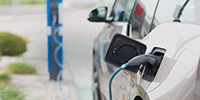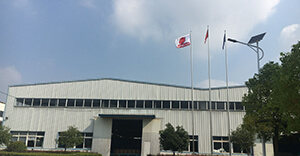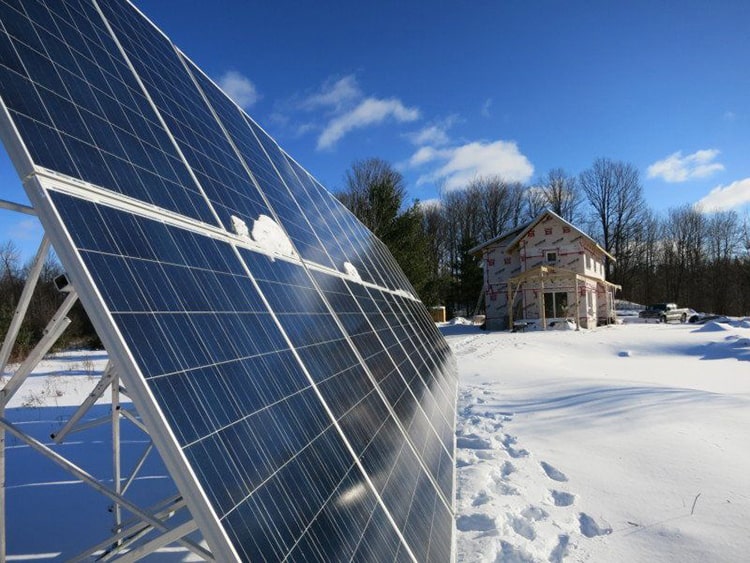Choosing a Lead Acid Battery for Off Grid Solar
|
Lead acid batteries have large capacities and are often available in many places around the world. But which lead acid battery should you use with solar panels? I recommend using sealed AGM lead acid batteries wherever possible and will describe in this post the trade-offs of using different battery types with portable solar panels. Starter vs. Deep-Cycle Batteries For solar charging applications, you instead want a deep cycle battery, similar to those used for marine vessels or golf carts — a typical car battery will not work. Flooded, vs. Gel vs AGM AGM batteries are typically lighter and less expensive per amp-hour compared to gel. As an example, on AltE Store a Trojan AGM 12V 100 amp-hour battery is 64 pounds and $241, or 0.64 lbs/AH and $2.41/AH. A Trojan Gel 12V 77 amp-hour battery is 52 pounds and $231, or 0.68 lbs/AH and $3.00/AH. In addition gel batteries need to be recharged in a specific way that is not optimal for solar. Basically, AGM batteries are more forgiving in the way that they are recharged. Lead acid has, for so many years, been the predominant storage of solar power in many households and off-grid applications. They are reliable, efficient and cost-effective; hence many families have used them to store their solar power for many decades. If lead acid batteries are maintained properly, they will function at 80–90% efficiency. It is important to maintain a full charge when ever possible, because it will extend its life and maintain a higher efficiency. Always use a charge controller with solar panels, so they don’t over charge the battery or apply the wrong voltage. We’ll discuss more about how to select a charge controller in a future post. Renewable energy installations are rapidly growing around the world. From fully autonomous off-grid buildings in the world’s most affluent regions, to luxury eco-resorts in exotic but remote areas, to the more than 1.6 billion people in the developing world who lack consistent access to the electric grid, obtaining and utilizing clean reliable energy is now an achievable reality of daily life. As the leading manufacturer of deep-cycle batteries, Wisdom Power Company believes in providing clean and reliable energy storage solutions that enhance the way people live and work around the world. For more than over 36 years, BULLS Battery has focused its experience and expertise in deep-cycle technology on manufacturing the highest quality, deep-cycle batteries available in the industry. If there is one thing we’ve learned over the years, it’s that a truly outstanding battery must provide rugged durability, long life and reliable performance day in and day out. |














